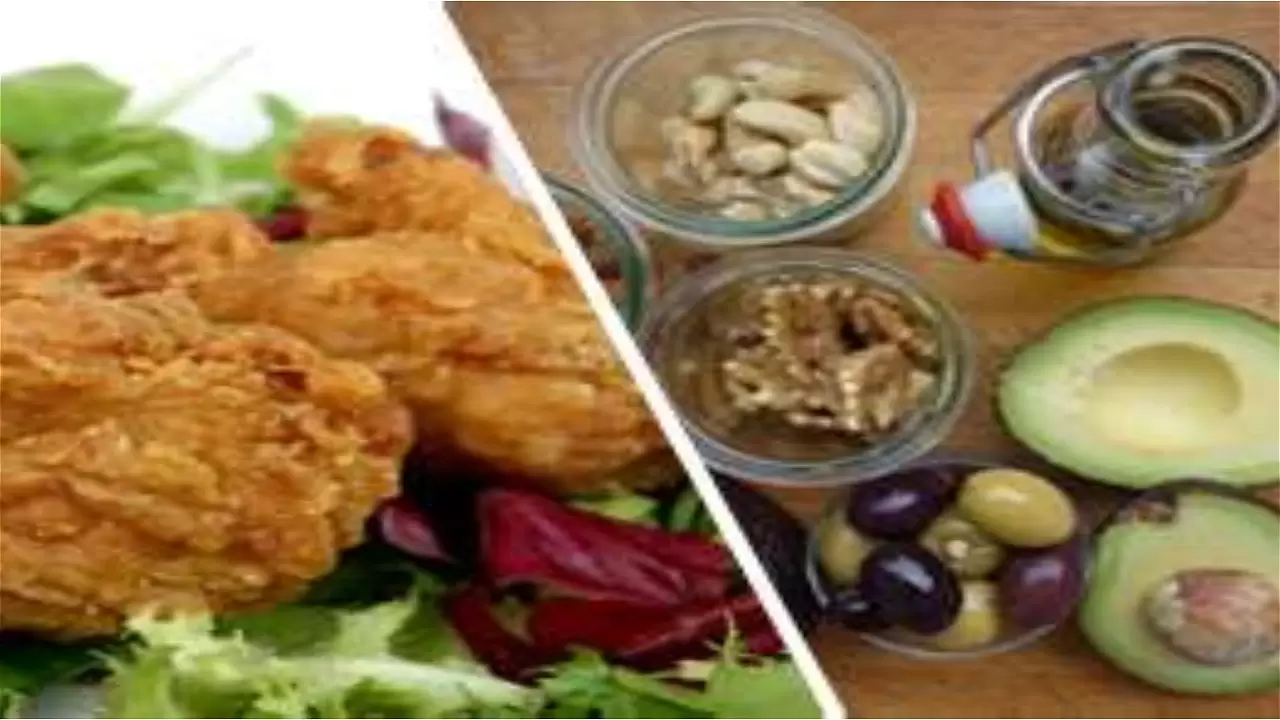
The definition and measurement of industrialized and processed foods are critical. The health damage caused by these diets is unprecedented. Most definitions of processed and industrialized foods try to distinguish between whole and natural foods, lightly processed foods, and highly processed foods. Yet, the average consumer will often find it challenging to understand their nutrition category.
Industrialized and processed food has many side effects that are not fully known to the public.
- Highly toxic to the body, causing severe inflammations throughout the body.
- Processed foods make us gain weight much faster than the same calories as natural foods.
- It causes a heavy load on the liver & kidneys.
- Processed food is unsuitable for tissue regeneration, affecting health and even older than usual appearance.
- Insulin resistance and type 2 diabetes.
What is the definition of processed food?
Unsurprisingly, there is no uniform and precise definition of processed foods. The ambiguity mainly serves the food industry.
- Most processed and industrialized foods are distinguished between whole and natural foods, lightly processed foods, and highly processed foods. Yet, the average consumer will often find it challenging to understand their food category.
Link: Classification into industrialized, processed food and beverages.
It is challenging to separate the criteria between processed and industrial foods in practice, as they are intertwined.
- Food production is a long process that includes growing food from animals and plants to picking, slaughtering, collecting, transporting, packing, preparing, cooling, processing, packaging, storing, and distributing.
- Processed food criteria do not concern how to prepare food at home before eating but the entire production chain before it reaches the shelf.
Processed and industrialized food suggested broad definitions and criteria.
Food that meets one or more criteria may be considered processed or industrialized. (Rank is a separate exam, yet very important)
- After a deep freeze, raw or ready-to-eat food should be baked, fried, steamed, or heated over high heat.
- The primary test measures the degree of damage caused to each product's nutrients individually during freezing, cooling, or heating to high heat. We are taking into account the product's shelf life.
- In their final serving form, food and beverages contain substances that are not wholly natural, such as artificial sweeteners, emulsifiers, solidified vegetable oils, trans fats, artificial flavors, colorants, preservatives, etc.
- Animal and plant nutrients are grown under conditions that are not optimal. Such as:
- Animal foods that have received growth hormones, antibiotics, and foods that target unnatural obesity for the specific animal. Various unneeded chemicals.
- Plant foods are grown under conditions that impair product quality. Such food has undergone chemical spraying or harmful biological treatment, growing produce in untreated wastewater and poor soil unsuitable for the specific crop.
- Food packed in tin cans (leaking), smoked food. (Smoking may contain unhealthy chemicals.)
Continue reading: Criteria for classification into industrialized, processed food and beverages.

